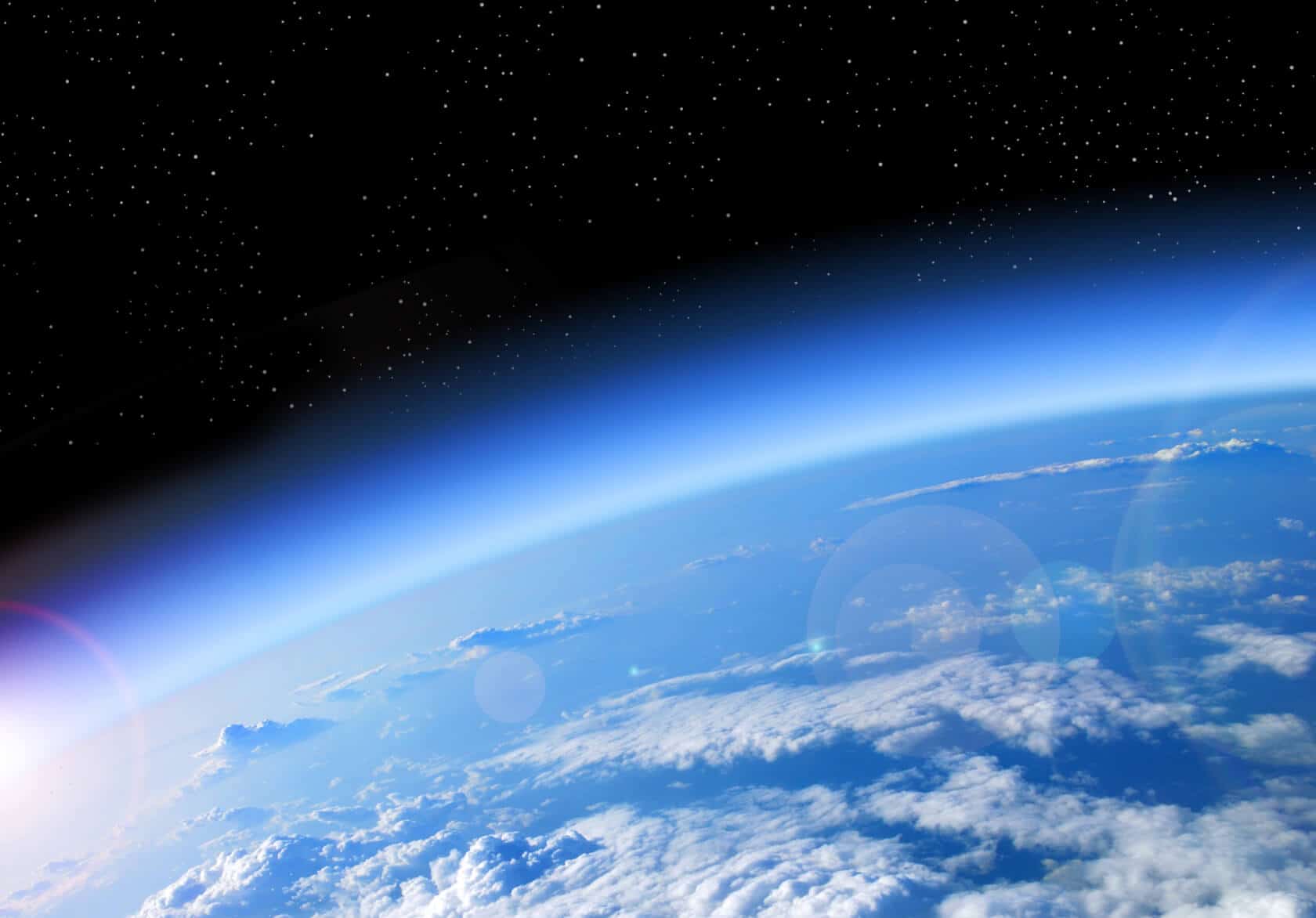The Ozone layer is about 16km – 32km above our planet in the stratosphere, which absorbs the Sun’s ultraviolet (UV).
The environmental crisis is increasing rapidly if we do not take bold actions. From Covid-19 to extinction of species to ozone holes to the climate crisis, all of them on a global scale have been ignored by society. The first phase of tackling these issues is public awareness. Next, governments’ policies on energy, land use, food, industries, and trade have not been long-term and environment friendly, which has led to climate change, deforestation, and loss of biodiversity.
The ozone is formed naturally by the interaction of solar UV radiation with the O3 molecular of oxygen. Its O3 structure means that it is less stable than oxygen (O2) and has a more reactive nature, which can be formed and broken easily after interaction with other compounds. UV radiations play both roles in the formation and destruction of ozone and are mostly situated in tropical regions. The ozone layer benefits humans and our planet’s health as it absorbs UV light and prevents human exposure to harmful UV radiation that leads to skin cancer. Besides, it affects plants and the food chain on the planet.
Hydrochlorofluorocarbons (HCFC) and CFCs have a high potential in contributing to global warming with the capacity to heat the earth’s atmosphere. They are stronger greenhouse gases compared to carbon dioxide (CO2). It was the mid-1970s when scientists discovered that the use of chlorofluorocarbons (CFCs) endangers the ozone layer. CFCs are gaseous compounds consisting of carbon, fluorine, chlorine, and hydrogen. CFCs are used in refrigerators, cleaning detergents, plastic foams, Air conditioning systems, etc. In 1987 with 197 countries signing the Montreal Protocol, the world started to phase out CFCs, and today CFCs level is dropping, and the ozone layer is healing. To date, over 98% of ozone-depleting substances have been phased out globally. The ozone layer would have collapsed by 2050 with severe consequences if Montreal Protocol had not been signed. Failing to follow Montreal Protocol would have increased 280 million skin cancer cases. In another report published by the World Economic Forum, the cost of global deaths and economic aspects was projected as $2.2 trillion due to adverse effects on agriculture, fisheries, and materials.
Since 1979 there has been an emerging ozone hole in the Antarctic region with a maximum area of about 30 million km2 at peak until now. In 1988 the ozone hole area was 13.8 million km2 at maximum and 10 million km2 as the mean; in 2002, it was with a maximum of 21.90 million km2 and a mean of 12 million km2, and in 2019 it had a maximum of 16.40 million km2 and a mean of 9.30 million km2 area. The ozone layer shows signs of recovery, but it takes decades to recover fully.
The Antarctic ozone hole was recorded at its greatest extent in September 2006.
The emissions of ozone-depleting substances between 1990 to 2014 illustrate growth in reducing man-made and natural emissions, while before that, starting from 1960, there was rapid growth in increasing emissions. By 2010 it returned back to the 1960 year due to international agreements like Montreal by countries worldwide.
According to Rigaud et al. in their book Groundswell: Preparing for Internal Climate Migration, Global warming can be seen as flood, drought, ice melt, disease, food insecurity, and other natural disasters. It is found that climate change can displace 143 million people by 2050. In another report, the World Bank states that a transformation to reduce climate change effects can create over 65 million jobs, but failing to cope with climate change can result in losing 80 million jobs by 2030. In terms of the economy, the climate change catastrophe cost us US$165 billion globally in 2019.
Forests are vital players in reducing CO2 emissions, but the desertification of forests by humans includes 23% of carbon emissions. The transformation from fossil fuels to green energy can bring us US$52 trillion in a year.
At the time of Covid-19, the global economy took a break and contributed to recovering the ozone layer. Governments took key actions to slow down the spread of the virus by taking measures such as 1) shutting businesses and schools, 2) requiring people to stay home and keep social distancing in public places, and 3) remote learning and working from homes. The global response to Covid-19 indicates that governments can prevent disasters by; 1) identifying the exact cause of the problem through scientific experts and approaches, 2) with public support passing legislation on the cause of the problem, and 3) activating evaluation mechanism to monitor the success of the decision.
To recover ozone and tackle climate change, these measures can help us in achieving our goals, 1) ending government-led subsidies to fossil fuels industries, 2) restricting further exploration for new fossil fuels reserves worldwide, 3) forcing laws that public money should not be spent on fossil fuels infrastructure, 4) increasing subsidies toward green/renewable energy, 5) replacing negative emission technology with green technologies through research and development programs, and 6) increase forest regeneration.
Photo: studio23/shutterstock
You might also like:
Support us!
All your donations will be used to pay the magazine’s journalists and to support the ongoing costs of maintaining the site.
Share this post
Interested in co-operating with us?
We are open to co-operation from writers and businesses alike. You can reach us on our email at [email protected]/[email protected] and we will get back to you as quick as we can.










